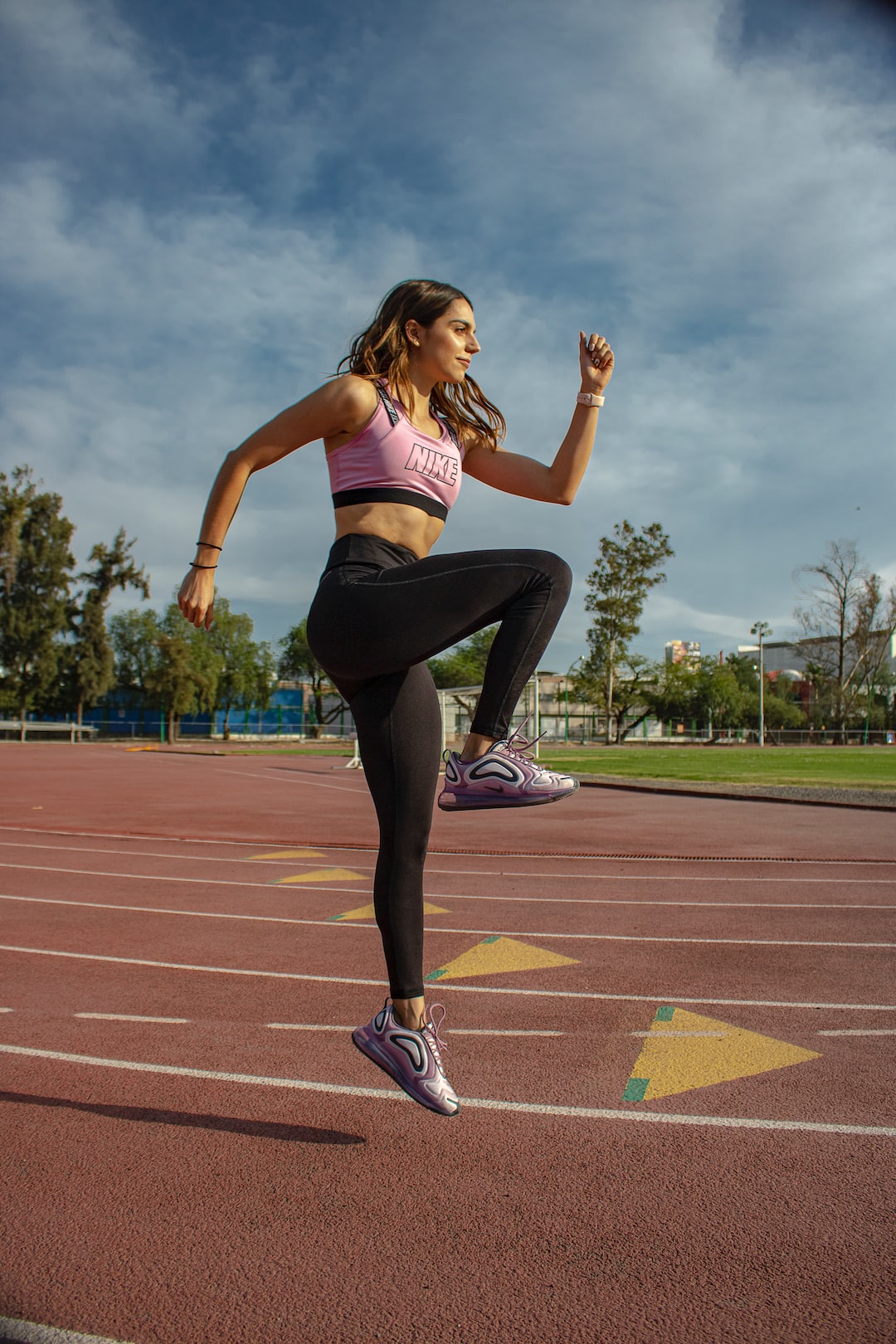The Importance of Proper Warm-up and Cooling Down in Sports
Sports activities are not just about winning or competing; they are also about maintaining a healthy lifestyle and preventing injuries. One crucial aspect often overlooked by athletes and enthusiasts alike is the need for a proper warm-up and cooling down routine. These two elements play an essential role in enhancing overall performance and reducing the risk of injuries. In this blog post, we will explore the significance of incorporating a proper warm-up and cooling down routine into your sports regimen.
To begin with, a warm-up is crucial prior to any physical activity. It prepares your body and mind for the forthcoming exertion. Warm-up exercises gradually increase your heart rate, elevate body temperature, and increase blood flow to the muscles. These changes signal your body to release more oxygen and nutrients, enhancing muscle performance. Subsequently, a proper warm-up can improve muscle elasticity, making them more supple and ready for the stress they are about to endure.
One of the primary benefits of a warm-up is injury prevention. When your body isn’t adequately prepared for intense physical activity, your muscles and joints are more susceptible to strains, sprains, and other types of injuries. A proper warm-up increases the flexibility of your muscles and ligaments, reducing the risk of these injuries. Moreover, it enables your nervous system to send signals more effectively to your muscles, leading to better coordination and reaction times during sports activities.
Another advantage of warming-up is the positive impact it has on your cardiovascular system. Engaging in moderate aerobic exercises during the warm-up phase increases heart rate and blood circulation. This, in turn, helps deliver more oxygen-rich blood to your muscles, preparing them for optimal performance. A warm-up also helps gradually increase blood supply to your heart, preventing potential cardiac issues during vigorous exercise.
Now, let’s shift our attention to the importance of cooling down after physical activity. Cooling down is the process of gradually decreasing your heart rate, body temperature, and blood circulation after exercise. It allows your body to recover from the demands it faced during the sports activity and return to a state of rest. Cooling down should involve light aerobic exercises, stretching, and deep breathing, among other relaxation techniques.
One significant benefit of cooling down is the prevention of muscle soreness and tightness. After intense exercise, your muscles accumulate lactic acid, which contributes to that post-workout stiffness and soreness. A proper cool-down routine helps flush out lactic acid and other waste products from your muscles, reducing the likelihood of delayed onset muscle soreness (DOMS). Additionally, cooling down aids in the removal of metabolic byproducts, such as carbon dioxide, from your bloodstream.
Cooling down is also instrumental in preventing dizziness and fainting. Engaging in vigorous physical activity causes your blood vessels to dilate and your heart rate to increase. A sudden cease in activity can cause blood to pool in your extremities, leading to dizziness or even fainting. By gradually decreasing the intensity of your exercise during the cool-down phase, you allow your cardiovascular system to adjust and stabilize blood flow. This, in turn, helps prevent incidents of dizziness or fainting.
Moreover, cooling down aids in the regulation of body temperature. Intense exercise raises your core body temperature, and an abrupt stop can impede the body’s natural cooling mechanisms. By gradually decreasing your activity levels, you allow your body to continue dissipating heat, maintaining a healthier balance. This gradual reduction in body temperature helps prevent overheating, which can be dangerous, especially in hot environments.
In conclusion, the importance of a proper warm-up and cooling down routine in sports cannot be understated. Warm-ups prepare your body for the forthcoming activity, increasing blood flow, flexibility, and coordination. They play a crucial role in reducing the risk of injuries and enhancing overall performance. Cooling down, on the other hand, assists in preventing muscle soreness, regulating body temperature, and stabilizing blood flow. In embracing these two vital aspects, athletes can enjoy a safer and more effective sports experience. So, make it a priority to warm-up and cool down adequately before and after your next sports activity.

